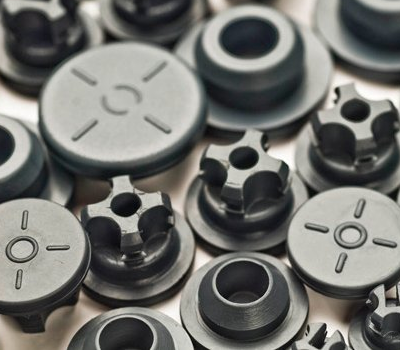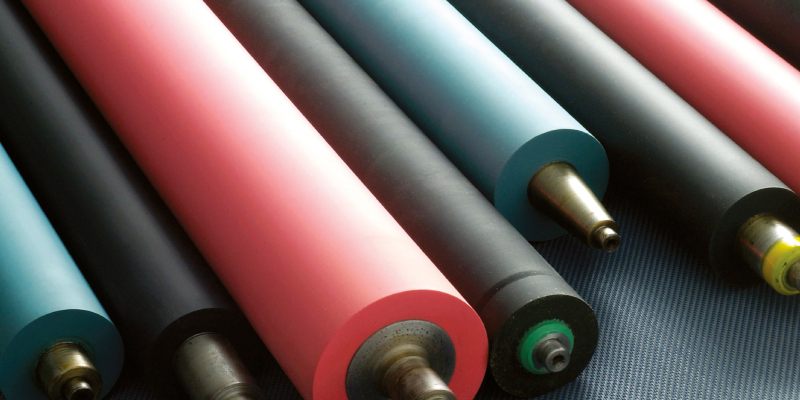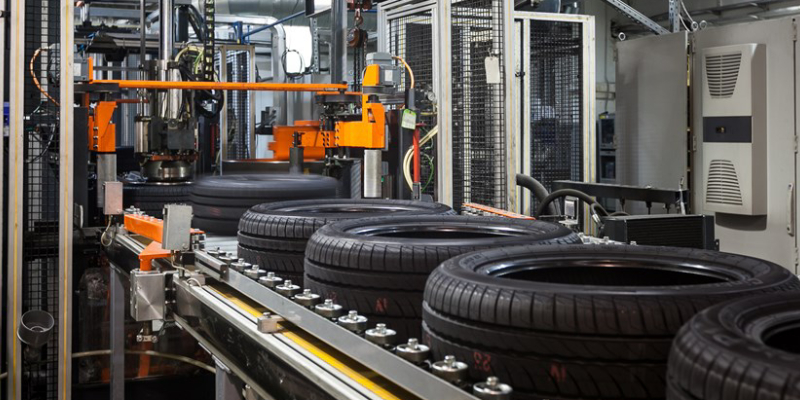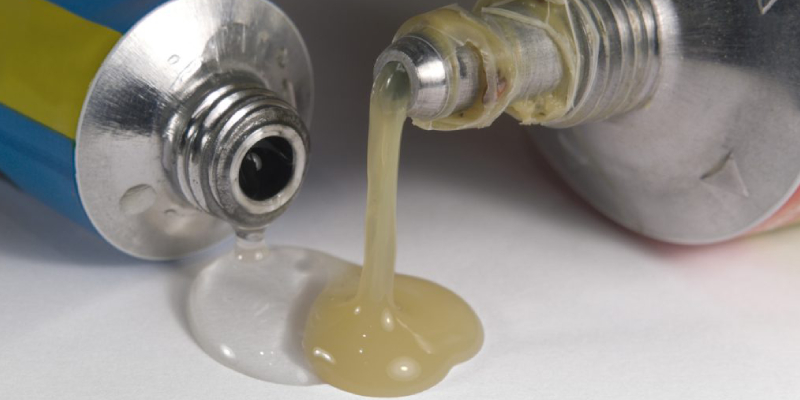Merits And Demerits Of Various Kinds Of Rubber Moulding
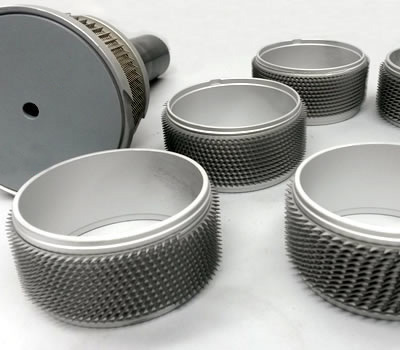
Steel and Brass and Aluminium Rubber Bonded Seals
April 21, 2017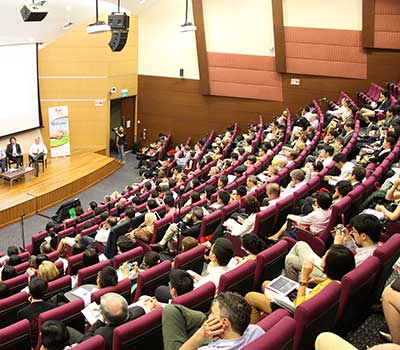
Top Activities At The 10th Regional Conference of Rubber Manufacturers
June 1, 2017
Moulding is an essential part involved in the rubber manufacturing process. A Rubber Products Manufacturer knows precisely what manufacturing requires. Raw materials like plastic, rubber, metal or gas are given different forms with the help of moulds. The liquid raw material is poured in a specific shape of the container and then exposed to heat. When the liquid solidifies, then it gains the form of the container. It is essential that the container is made of a metal to avoid wear damage and deformation.
Rubber Moulding is a process in which liquid rubber is poured into containers to give them specific shapes and produce a usable rubber product. Rubber products are also created for elastomers. Elastomers acquire specific elastic properties. In response to pressure or distortions, they return to their original shapes. Elastomers are vastly used in different industries because they are ductile and also are of great use in the domestic and industrial sectors.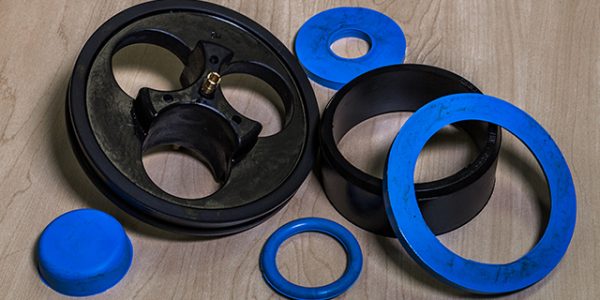
The selection of the rubber material is a crucial part. There are several kinds of rubber compounds, and all vary from each other. The selection process involves asking the right questions that will enable you to match the right mixture to the part. If you can consider this, you will be able to control the production cost and also achieve decent performance heights.
You must consider whether the part will absorb energy or transmit a fluid. You should think whether will it be located inside or outside. Is there any temperature requirements or not? Will the part be exposed to certain chemicals and what is the period of exposure? The physical properties required will also matter. The material cost per piece is a vital consideration. Will it be able to provide structural support for a prolonged time? Taking such factors into account will help you make a practical decision.
There are various kinds of rubber moulding. In exposure to high pressure when molten rubber is injected into 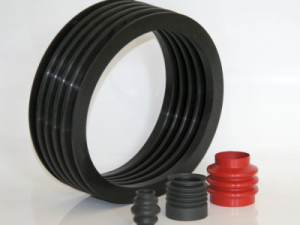 metallic moulds which shape the material into the desired shape, the process is known as injection moulding. Injection moulding is considered as an efficient way for manufacturing variety of parts. The injection moulding uses a heated barrel to pour the molten material into a container.
metallic moulds which shape the material into the desired shape, the process is known as injection moulding. Injection moulding is considered as an efficient way for manufacturing variety of parts. The injection moulding uses a heated barrel to pour the molten material into a container.
There are many advantages of injection moulding. Injection moulding allows fast production. The labour cost in the process is meagre. With the help of injection moulding, you can yield high outputs. Many industries use injection moulding because it helps in the manufacture of small parts also. The process leaves little production scrap. On the other hand, there are some disadvantages of injection moulding too. The tooling and machinery cost is very high initially. The manufacturers find it difficult to assume the expenses. Running out of small parts can be costly.
Another moulding process is the Compression process. In this process, the moulding material is placed in an open heated mould cavity. The cavity is then closed. Under hydraulic pressure, the molten metal is forced to occupy all the space of the mould. The advantage of compression moulding is that it enables to mould large complex parts. The tooling cost is also low. This is among the most economical cost moulding methods when compared to other moulding methods such as injection moulding and transfer moulding.
Compression moulding often results in weak product consistency and is not suitable for manufacturing certain parts. The time to produce the final product is relatively slow. The process has high risks of the pieces to get rejected because it quickly gets contaminated. The compression moulding process involves high wastage of materials which incurs loss while dealing with expensive compounds. Transfer moulding is introduced to limit the disadvantages of compression moulding.
Transfer moulding is different from compression moulding. In transfer moulding, the mould is enclosed protecting it from environmental impact. The process may start as a solid where the material is forced into a frame. The transfer moulding manufacturing process requires high pressure to fill the area of the mould when compared to injection moulding. There is a possibility of uneven pressure distribution. Improper pressure balance may create voids in the corners of the frames.
The last most commonly used moulding process is rubber calendaring. In this method, molten material is passed through the centres of the rollers to produce sheets of rubber. The thickness of the sheet is determined by the space between the rollers. Then the sheets are passed through cooling rollers, and they come out as finished products.
Read Also : Steel and Brass and Aluminium Rubber Bonded Seals

